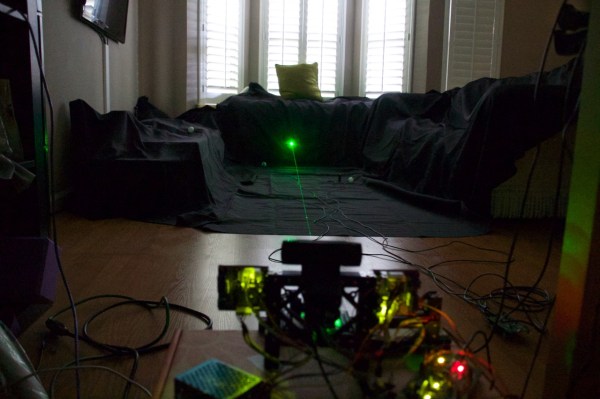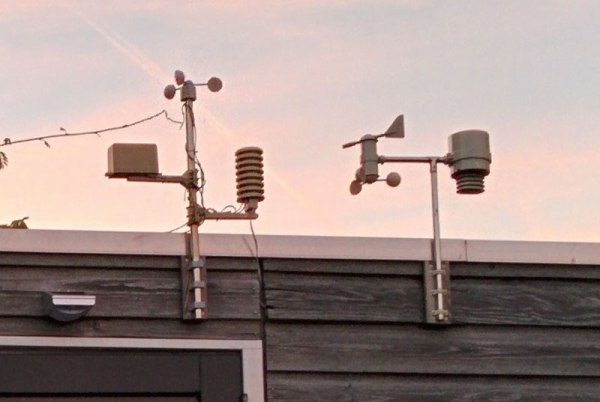Researchers from MIT and the Samsung Advanced Institute of Technology have been developing a new material that could potentially revolutionize the battery industry. A solid electrolyte that won’t wear out, lasting exponentially longer than current battery chemistry.
It also has the possibility to increase battery life, storage, and the safety of batteries — as liquid electrolytes are the main reason batteries catch on fire.
Sound too good to be true? The idea for solid-state batteries has been around for awhile, but it sounds like MIT and Samsung may have figured it out. The current materials used for solid electrolytes have difficulty conducting ions fast enough in order to be useful — but according to the researchers, they’ve discovered formula for the secret sauce. They’ve published their findings on Nature.com, which is sadly behind a pay wall.
Another great benefit of solid-state batteries is they would be able to operate at freezing temperatures without a problem. What do you think? Is Samsung blowing smoke, or will they actually release a battery you never have to replace?

















